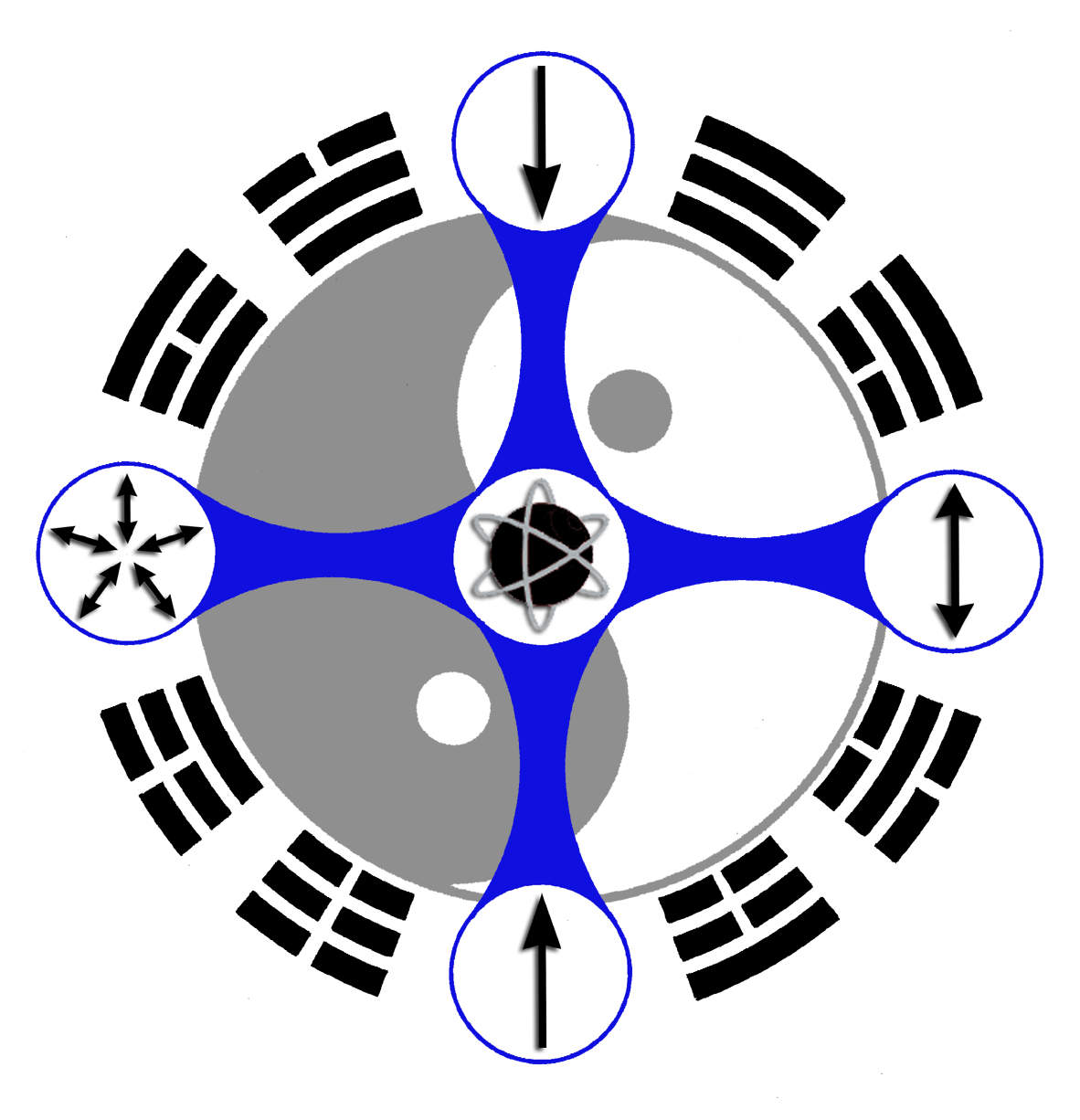Simple Wellness: Release Eye Stress (Pt. 2)
By Paul Cavel
Stress can lodge in various parts of the body, causing tensions that can eventually shape your daily routine and overall health. In this day-and-age, eye stress has become prominent due to the increase of screen time albeit for work or pleasure. This week we focus on easy exercises for releasing stress or tension in your eyes.
Easy Energy Exercises for Releasing the Eyes
Exercise 1: Soften Your Eyes
Relax your eyes and choose an object to gaze upon with a soft focus. Allow your eyelids to close a quarter to one-third of the way — not more or you can too easily go into all sorts of visualizations.
As your eyes soften even more, open up your peripheral vision.
Next allow the object to come to you rather than projecting out to it. I’d bet your object of choice will remain there, but you’ll also have peripheral vision while remaining aware of what’s happening in your body. This can only happen while remaining totally relaxed and while maintaining soft eyes.
Finally direct your mind behind your eyes into the optic nerve (where all visual information is passed to the brain), and feel that space.
Try to directly let go and relax the optic nerve to positively affect the whole nervous system and brain, and deeply release your eyes for as long as you can stay present.
Practice this exercise as frequently as you can, especially when you notice yourself getting stressed or revved up, or when anxiety strikes.
No Bug Eyes!
Have you ever noticed people’s eyes bugging out when their tense about something? If you practice releasing the eyes before work or exercising, you can calm down the central nervous system and soften your body.
For qigong, tai chi, bagua and yoga students, you can use this exercise in your neutral standing posture before practicing your forms, during your forms and at intervals during your day to stabilize your insides.
Exercise 2: Open the Occiput
Opening the occiput is best learned and initially practiced in a neutral standing posture. When you look straight ahead, the occiput closes. So you want to align your head properly by bringing your eyes, ears and occiput onto a horizontal level. In this position, your eyes will naturally look down slightly and you must roll the eyes up in their sockets to look ahead.
Hold this posture and practice Exercise 1, softening and releasing the eyeballs and optic nerves.
See if you can become aware of any deep tension stuck in your occipital area. If you feel tension there, consciously relax it and drop it down your body into the ground.
You might only want to practice Exercises 1 and 2 for a week or so before moving onto Exercises 3 and 4.
Exercise 3: Shift Your Weight and Turn
With your head correctly aligned in your standing posture, look straight forward. Allow your eyes to soften and peripheral vision to widen.
Now you’ll add a simple movement to help you practice eradicating the fixate-dart-fixate pattern. Shift your weight and turn your pelvis. For qigong, tai chi and bagua students, this motion is identical to how you would move in your form. As you move from side to side, allow your eyes to sweep around the room—without fixing on any particular object.
Notice how your eyes jump from one object to the next as you move. Try to relax your gaze and let whatever is around you come into your field of vision.
While keeping your eyes soft:
Relax your eyeballs for several shifts and turns.
Relax your eyeballs and optic nerves.
While turning, relax your eyes, optic nerves and the whole nervous system.
Practice for as long as you want, but not so long as to cause strain of any kind in your body or mind. If you can’t maintain a soft focus, you know you’re revving your nervous system by trying too hard or for too long. You can build up endurance by training little and often rather than training a lot infrequently.
Exercise 4: The Kwa Squat
Once you’ve practiced a horizontal movement (moving side to side), we’ll repeat all steps from Exercise 3, but this time we’ll practice a vertical movement (moving up and down), using a kaw squat.
Keep the eyes soft and do several squats with relaxed eyes.
Relax your eyes and optic nerve.
Relax your eyes, optic nerve and nervous system.
Yin Eyes Support Relaxation in Body and Mind
Once you practice the four exercises above for some time, you can apply what you’ve learned any time — whenever you feel anxiety or stress swelling or as you walk from point A to point B.
SUMMARY
Remember to keep your eyes soft at all times and try to look forward on the horizontal plane when your body is erect. Let your eyes sweep, drop and rise with the natural movement of your body during movement, especially while training any movement art or exercise like qi gong, tai chi, bagua or yoga. You can achieve deeper relaxation and greater awareness with softer, yin eyes, while releasing tension and pain that cause stress and strain.
